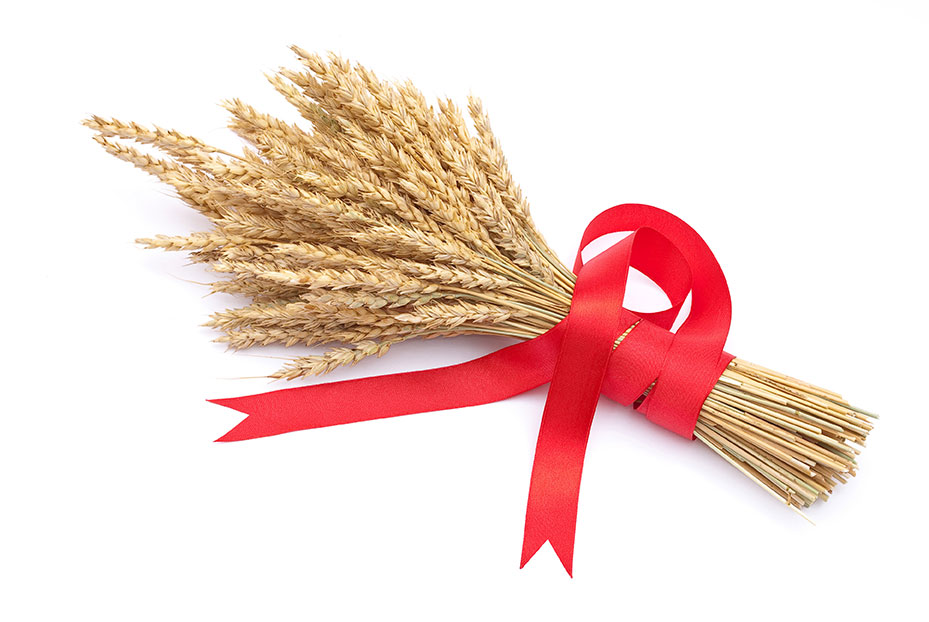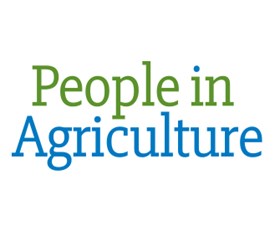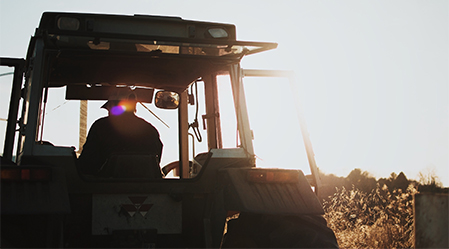Productivity Commission identifies red tape holding back Agriculture
5/4/2017
The Australian productivity commission has produced a a wide range of recommendations as the result of an investigation into the Regulation of Australian Agriculture. The most pressing reform changes involved the streamlining of animal welfare standards via a national agency formed by the states and federal government.
The Australian productivity commission has produced a a wide range of recommendations as the result of an investigation into the Regulation of Australian Agriculture. The most pressing reform changes involved the streamlining of animal welfare standards via a national agency formed by the states and federal government.
The commission found: “There is a patchwork of different (animal welfare) standards, which imposes costs on businesses operating in more than one state, creates confusion for consumers and reduces competition between producers — free-range hen stocking densities were raised as an example”.
“Inconsistent regulatory requirements across and within jurisdictions make it difficult for farmers to understand their obligations and add to the cost of doing business,” the commission reported.
Other opportunities to reduce red tape the commission revealed included:
- Overly complex processes for foreign shipping providers leading to increased freight costs
- Regulations around the marketing of rice and sugar leading to reduced competition
- A fundamental change to the regulations surrounding conservation vegetation and of biodiversity.
- Inconsistent State laws on the cultivation and mandatory labeling of GMO crops.
- Road access requirements for heavy vehicles required simplification.
The commission interviewed one Queensland farmer who had to gain five permits to move his oversized agricultural machine between farms along 25km of a public road.
The farmer had to obtain:
- Two transport permits from the state transport department — one for the machine, and one for the route taken;
- A railway crossing permit from the state’s rail authority (this had to be lodged four days in advance, and the vehicle was required to cross the railway within the nominated time frame)
- Two police drivers (the producer had to pay for the personnel time); and
- A permit from the local council and the telecommunications and electricity infrastructure companies.
In another case a New South Wales landholder sought a permit to clear 1.2 hectares of land for a blueberry farm near Coffs Harbour. He found State Government approval was not required as the clearing was considered to be clearing of ‘regrowth’ under New South Wales native vegetation laws.
However, because the proposed clearing area included the habitat (or potential habitat) of seven species listed as threatened under the Environment Protection and Biodiversity Conservation Act, the landholder was required to submit 60 pages of documents and 18 maps to the federal Department of the Environment.
The outcome was that Commonwealth assessment and approval was not required, as only five of the protected plants were in the proposed clearing area (and thousands remained elsewhere on the property).





